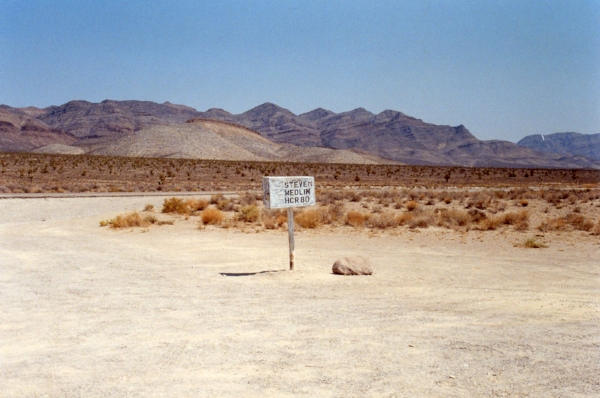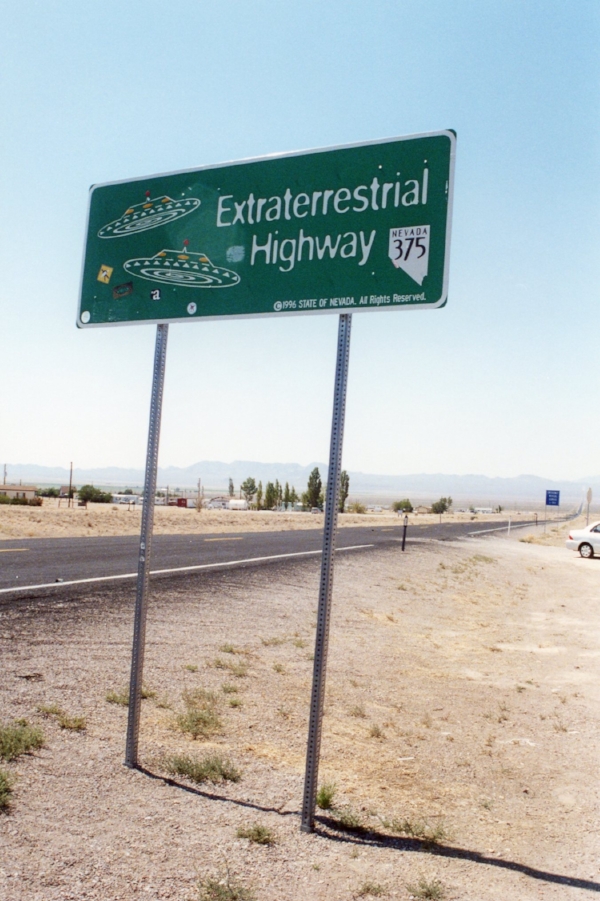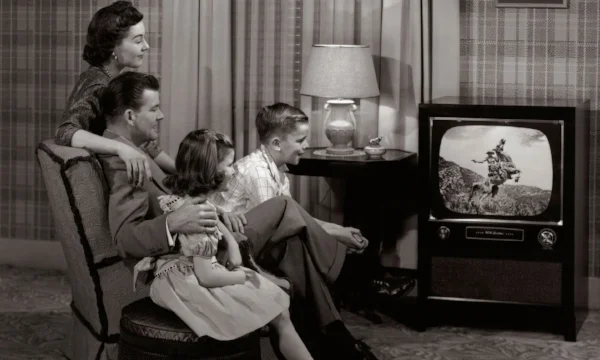Times Lied, Millions Died
National Review Online, November 24, 2003
So that's it then. Despite all the protests, the Pulitzer Prize board has decided that it will not revoke the award won by Walter Duranty of the New York Times for his reporting in Stalin's Soviet Union. This was not a decision that it took lightly, mind you. The board's members want everyone to understand that they only took their decision after "more than six months of study and deliberation." Six months — that's around one month, perhaps less, for each million who died in the holodomor, the man-made famine that Duranty tried so hard to deny. Here's how Petro Solovyschuk from the Ukraine's Vinnytsia region remembers that time:
I no longer lived in my house. I slept in patches of clover, in haystacks; I was swollen from hunger, my clothes were in shreds. Our house was torn down and they took everything to the collective farm. Only a pile of clay remained. And there is no trace of my family — not a grave, nor a cross. There are only these names: my father — Makar Solovyschuk, died May 1933; my mother — Oliana Solovyschuk, died March 1933; my brother — Ivan Solovyschuk, died April 1933; my sister — Motrya Solovyschuk, died April 1933.
Here's what Walter Duranty said in June of that year: "The 'famine' is mostly bunk."
To be fair, the board's argument is not without some logic.
In recent months, much attention has been paid to Mr. Duranty's dispatches regarding the famine in the Soviet Union in 1932-1933, which have been criticized as gravely defective. However, a Pulitzer Prize for reporting is awarded not for the author's body of work or for the author's character but for the specific pieces entered in the competition. Therefore, the Board focused its attention on the 13 articles that actually won the prize, articles written and published during 1931...In its review of the 13 articles, the Board determined that Mr. Duranty's 1931 work, measured by today's standards for foreign reporting, fall seriously short....
But what can the board mean by "today's" standards? The distortions, cursory research, and rehashed propaganda that characterized so much of Duranty's work even prior to the famine were a disgrace to journalism — then just as much as now.
The board adds that there was "not clear and convincing evidence of deliberate deception, the relevant standard in this case. Revoking a prize 71 years after it was awarded under different circumstances, when all principals are dead and unable to respond, would be a momentous step and therefore would have to rise to that standard."
Quite how those circumstances are "different" isn't explained. Are we meant to believe that it was perhaps reasonable in those days to expect that the Five-Year Plan would be buttressed by a Pulitzer Prize-winning lie or two? The board does not say. As for trying to justify its inaction on the grounds that "all the principals are dead and unable to respond," let's just say that's an unfortunate choice of words in the context of a horror that left five, six or seven million (Khrushchev: "No one was counting") dead and, thus, one might agree, "unable to respond."
But the argument (with which I have some sympathy) that, however repellent they were, the events of 1932-33 should be irrelevant in considering a prize won for writings that predate them, can only be taken so far. Duranty's behavior in those later years is certainly relevant in coming to an assessment as to whether the flaws in his prizewinning work were the product of a deliberate piece of deception. And the evidence from 1933 is clear. Duranty was a liar. And if he was a liar in 1933, it's probable that he was a liar in 1931.
To make things worse, not only may Duranty have been lying, but also the New York Times may have known that he was lying. One historian has pointed to State Department papers recording a 1931 (note the date) conversation between Duranty and a U.S. diplomat in Berlin suggesting that there was an "understanding" between the New York Times and the Soviet authorities that Duranty's dispatches always reflected the official opinion of the Soviet regime rather than his own point of view.
Now, Duranty could have been lying about that too, or the diplomat could have misunderstood what he was being told, but, like so much of this story, it raises issues that need airing in something more than one brief press release. As the body responsible for administering journalism's most prestigious prize, the Pulitzer board ought to be advocates of openness and disclosure. We are told that it considered this matter for over six months of "study and deliberation." Assuming this is true, the board should publish its findings in full.
But if the Pulitzer Prize board can, in theory at least, make a respectable case for leaving the prize in Hell with Duranty's ghost, the New York Times, usually so exquisitely sensitive to the injustices of the past, is on less certain ground. To be sure, over time it has distanced itself from its former Moscow correspondent, but not (apart for some rather feeble cosmetic gestures) from his Pulitzer.
In response to the latest campaign to revoke the prize, earlier this year the New York Times commissioned Columbia University history professor Mark von Hagen to review Duranty's work. He turned out to be no fan of a man who, the New York Times once said, had been on perhaps "the most important assignment ever entrusted by a newspaper to a single correspondent over a considerable period of time." In the report, von Hagen describes Duranty's work from 1931, for example, as a "dull and largely uncritical" recitation of Soviet sources, but the report itself contains no final recommendation. Subsequently, however, von Hagen has argued that the prize should be withdrawn for the sake of the gray lady's "honor."
Honor? Well, when it comes to accepting responsibility for Duranty, the New York Times (usually so eager to be seen as being on the side of the angels) has always tended to be a little reticent, so perhaps it is no surprise that its publisher, Arthur Sulzberger Jr., seemed a touch unwilling to go quite as far as his historian. Oh yes, he did what he had to. He dutifully forwarded von Hagen's report to the Pulitzer board. He even sent a cover letter with it in which he condescended to "respect" whatever the board might choose to decide, but he just couldn't resist adding the thought that rescinding Duranty's prize evoked the old Stalinist practice of "airbrush[ing] purged figures out of official records and histories," a view, interestingly, that von Hagen does not share.
Sadly for Pinch and his paper, any airbrushing would likely to be ineffective anyway. Whatever was finally decided, the controversies of recent years have ensured that the historical record will always be clear. The 1932 Pulitzer, the prize about which the New York Times was so proud for so long, was won by a liar and a fraud, won by a journalist to whom genocide was not news that was fit to print, won by a journalist who by his silence made his newspaper an accomplice to mass murder.
If I were Arthur Sulzberger Jr., I would have begged them to take that prize away.











